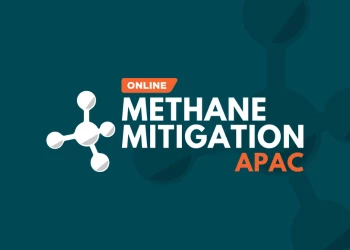Top 5 Safety Hazards in Oil and Gas Industry
Mitigating hazards to protect workers in the oil and gas industry
Add bookmark
Worker safety has come a long way in the past few decades with less than half the number of incidents and worker deaths per 100 workers in 2024 than there were in the 1970s.
But there are innate dangers in the oil and gas sector where workers may be exposed to hazardous environments, exposure to hydrocarbon gases and vapors, heavy machinery and equipment and innately dangerous working spaces (such as high up on an oil platform).
In 2020, the U.S. Bureau of Labor Statistics recorded 44 employee deaths in the oil and gas extraction industry.
The Occupational Safety and Health Administration (OSHA) in the United States recommends that all oil and gas companies have strict policies and procedures in place to help mitigate the risk from these hazards and ensure that all workers and contractors have the appropriate levels of training and PPE to prevent injury.
Here are the top 5 key safety risks in oil and gas:
#1: Vehicle Collisions
The Center for Disease Control says that motor vehicle crashes cause almost half (over 40%) of work-related deaths in the oil and gas extraction industry. Long shifts patterns and/or long-distance travel to remote well sites may contribute to these crashes as can driver fatigue.
#2: Struck-By/ Caught-In/ Caught-Between
Oil and gas worksites have all sorts of moving vehicles and heavy equipment (such as cranes or hoists), high pressure lines, elevator bales, and others. Getting hit by or caught between falling or moving equipment causes approximately 60% of on-site work fatalities in oil and gas extraction.
#3: Explosions and Fires
By its very nature, oil and gas workers operate around explosive and flammable gases. These gases may come from many sources, according to OSHA, including production equipment, tanks, shale shakers, trucks, and wells. Workers must take extra care when performing operations such as welding in environments where explosive potential exists.
#4: Falls
Falling from a high platform such as a mast or drilling platform is another risk that workers in the oil and gas industry face. To mitigate these risks, employers must ensure that workers have appropriate training and “fall arrest” mechanisms - such as safety harnesses - must be in place when workers are at height. Some fall deaths in the industry can be attributed to incorrectly following procedures or inadequately applied safety mechanisms.
#5: Confined Spaces
Oil and gas operations include confined spaces such as storage tanks and pits. When workers enter these environments, they can be exposed to hazardous or flammable chemicals. Extra care must be made to wear protective equipment and continuously monitored if they are known to harbor potential atmospheric hazards.
Other risks include lifting heavy items, which may result in back or muscle injuries, risks of blowouts from lines or equipment under high levels of pressure, and electrical or other energy hazards.
Learn more about mitigating risks and safety hazards in oil and gas industry at our upcoming events:
Operational Excellence in Oil & Gas
November 4-6, 2025 | Houston, TX
The Connected Worker: Energy Summit
2026 | Houston, TX





















